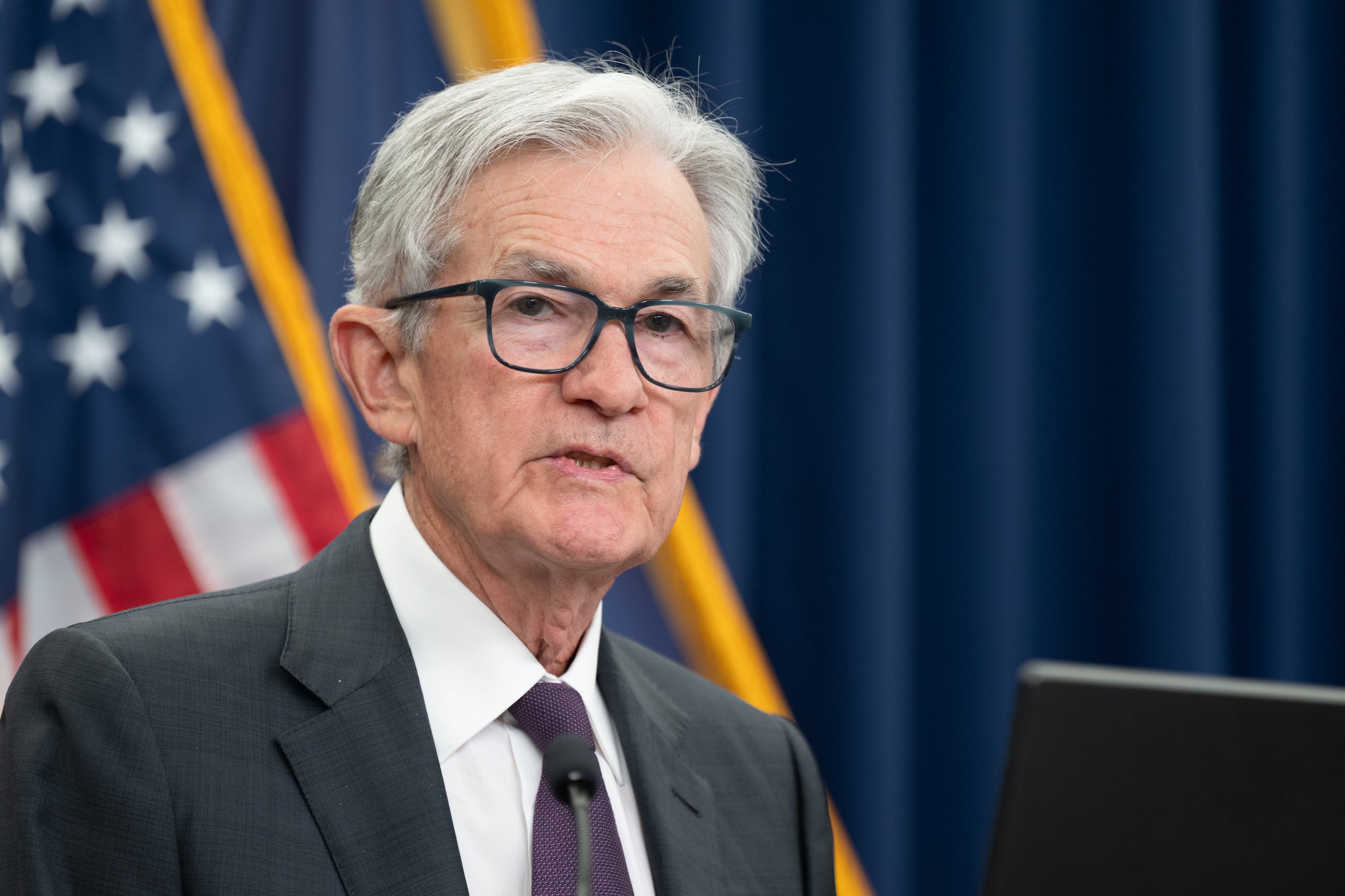It's still too soon to officially say the bear market is over. It's not exactly a stretch, however, to suggest we may be nearer to its end than not. Last month's job growth was a phenomenal 517,000 jobs, and the Federal Reserve feels inflation is cooling enough to scale back last year's rapid pace of rate hikes. That's a solid starting point for a market recovery.
With that as the backdrop, there's one common but costly mistake too many investors make at the beginning of new bull markets. That is, waiting too long to see evidence that things are actually looking up.
It's easy to wait too long
It's easy to do, mind you. Even a slightly mistimed reentry can be painful, as stocks can suffer sizable losses very quickly following a bullish headfake. So, many investors think very defensively. It's far more comfortable to make sure the market's on the mend before plowing back in.
But such a strategy can easily mean missing out on huge gains.
Brokerage firm Edward Jones did some number-crunching on the matter, finding that following the ends of the last five bear markets, the S&P 500 (^GSPC +0.19%) rallied an average of 25% during the first three months of the new bull market.
The catch? Nobody knew these were new bull markets until the bulk of those gains were made.

SNPINDEX: ^GSPC
Key Data Points
Mutual fund company Hartford offers up similar findings from a different perspective. It notes that a little more than one-third of a bull market's biggest daily gains take shape during the first two months of that long-term bull run. Again, however, you wouldn't know it's a new bull market until many of those daily victories are already in the books.
Connect the dots -- if you want to benefit from the entirety of a bull market and plug into its most fruitful phase, you're going to have to take a bit of risk.
Don't make the second mistake of trying to correct your first one
There's a (close) second expensive mistake you can make when it comes to new bull markets, by the way. That's continuing to wait for a better entry point even once it's clear a bear market is over -- the "buy on the first big dip" mindset. You may end up waiting for a big pullback that just isn't coming anytime soon.
That's not to suggest investors shouldn't generally be patient and wait for compelling prices. You should. Just know the corrections that take shape early on in a young bull market tend to be shallow and short-lived. The bigger ones tend to be seen more often as a bull market matures. At least that's how things took shape coming out of 2008's bear market that resulted from the subprime mortgage meltdown. Stocks' gains were insatiable and unstoppable for the better part of 2009.
Ditto for 2003's eventual bounce back from the dot-com implosion. The market roared in a big, persistent way for months once it got going.
This actually makes sense with a little thought.
In the early stages of a new bull market, valuations mean less and momentum means more. Investors start out excited -- even euphoric -- about the future, persistently bidding up stocks without much concern regarding the underlying company's fundamentals. As time passes and the economic backdrop becomes easier to gauge, though, the crowd starts pricing in companies' current and plausible future results. This reality check of sorts facilitates larger pullbacks, as well as slower gains.
To this end, notice how 2009's recovery rally was largely uninterrupted until the middle of 2010, when it finally slowed down as bigger setbacks appeared. The same goes for 2003. There was no great pullback until 2004, when nearly one-third of that bull market was in the books.
The real risk is missing out
Again, we may or may not have already ended the bear market and begun a new bull market. We won't know for sure until well after the discussion no longer matters.
If you're seeing more reasons to be optimistic than pessimistic, don't make the same mistake so many other investors will make when the next bull market does materialize for sure. That's waiting too long to jump in. Even if you wade in before stocks have reached their ultimate bottom, the risk of missing out on the initial jump is still arguably so much greater than the risk of further downside.
You could think even bigger-picture and not worry about this stuff at all, instead choosing to simply hold quality stocks for the long haul, no matter how the market's performing in the meantime.







